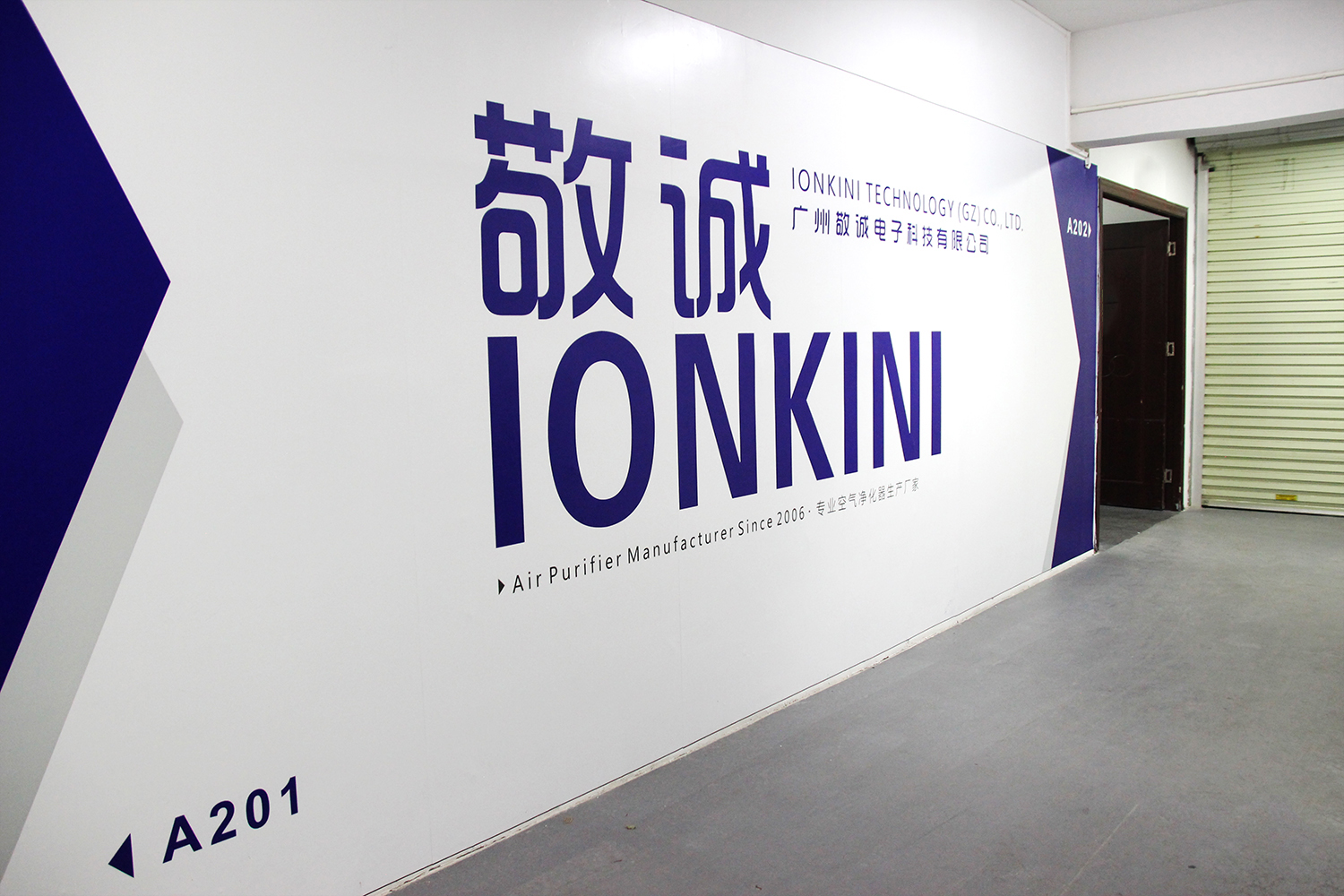Do you know the five major sources and hazards of indoor air pollution?
Date: 2022-05-27 Categories: Industry News Hits: 2225
Since 2020, everyone has begun to pay attention to the harm of "smog" to the body. People avoid PM2.5 like a tiger, and various anti-smog masks emerge in an endless stream. When the heavy smog locks the city, most people even choose to stay out of the house.
But indoor air pollution is equally terrible, and we spend more than 90% of the time indoors every day, which is far more harmful than outdoor pollution! stronger! longer!
The indoor air pollution problem is serious
The World Health Organization's "Indoor Air Pollution and Health" pointed out that the current level of indoor air pollution is 5-0 times higher than that of outdoor pollution, and 4% of global diseases are related to indoor air quality. premature death from diseases caused by pollution. Nearly half of the world's people are exposed to indoor air pollution, which has become one of the top ten threats to human health.
1. Formaldehyde
The primary pollutant in the indoor environment. The indoor environment is seriously polluted by formaldehyde, and the formaldehyde concentration in 60% to 94% of newly renovated rooms exceeds the national standard. Formaldehyde has been identified by WHO as a teratogenic substance, and it is also one of the potential strong mutagenic substances. A large number of studies have shown that children are more sensitive to formaldehyde, 0.06-0.07mg/m3 of formaldehyde can cause mild asthma in children, and 30mg/m3 of formaldehyde can cause children to die.
2. Benzene series
Benzenes include benzene, toluene, xylene, and the like. The main sources are various adhesives, waterproof materials, putty powder, wall paint, etc.
Benzene has been identified as a carcinogen by the World Health Organization and the International Agency for Cancer. Long-term exposure to medium and low concentrations of benzene will cause headaches, insomnia, lack of energy, etc. In severe cases, it will damage the liver, causing leukemia and aplastic anemia; it is even more harmful to pregnant women and will cause congenital defects in the fetus.
3. Total Volatile Organic Compounds (TVOC)
Indoor TVOC mainly comes from decoration and decoration materials, such as wood-based panels, foam insulation materials, plastic sheets, coatings, adhesives, wallpapers, etc.
TVOC is one of the more serious types of indoor air pollution. It can cause an imbalance in the body's immune level and affect the function of the central nervous system and the digestive system.
4. Radon gas
Radon gas is one of the common indoor pollutants, which mainly comes from building materials and building foundation soil.
Studies have shown that radon gas pollution is the second factor that causes lung cancer, second only to smoking. Relevant statistics show that 50,000 people die from lung cancer every year in my country. The incubation period of radon gas in the human body can be as long as 5 to 40 years.
5. Ammonia
Ammonia has corrosive and irritating effects on the contacted tissues, and is one of the most common pollutants in indoor pollution, mainly from construction, decoration, and decorative additives.
Ammonia is irritating to the human respiratory system, not only causing direct sensory stimulation, but also pulmonary edema. Ionkini Technology is a leading professional air purifier manufacturer since 2006, with BSCI & ISO:9001 Certification and world-leading inspection companies - BV(Bureau Veritas), TUV, and SGS verifications.
Click to see more air purifiers
#household air purifiers#room air purifier home#purifier home air#negative ion air purifier#pm2.5 air purifier home
